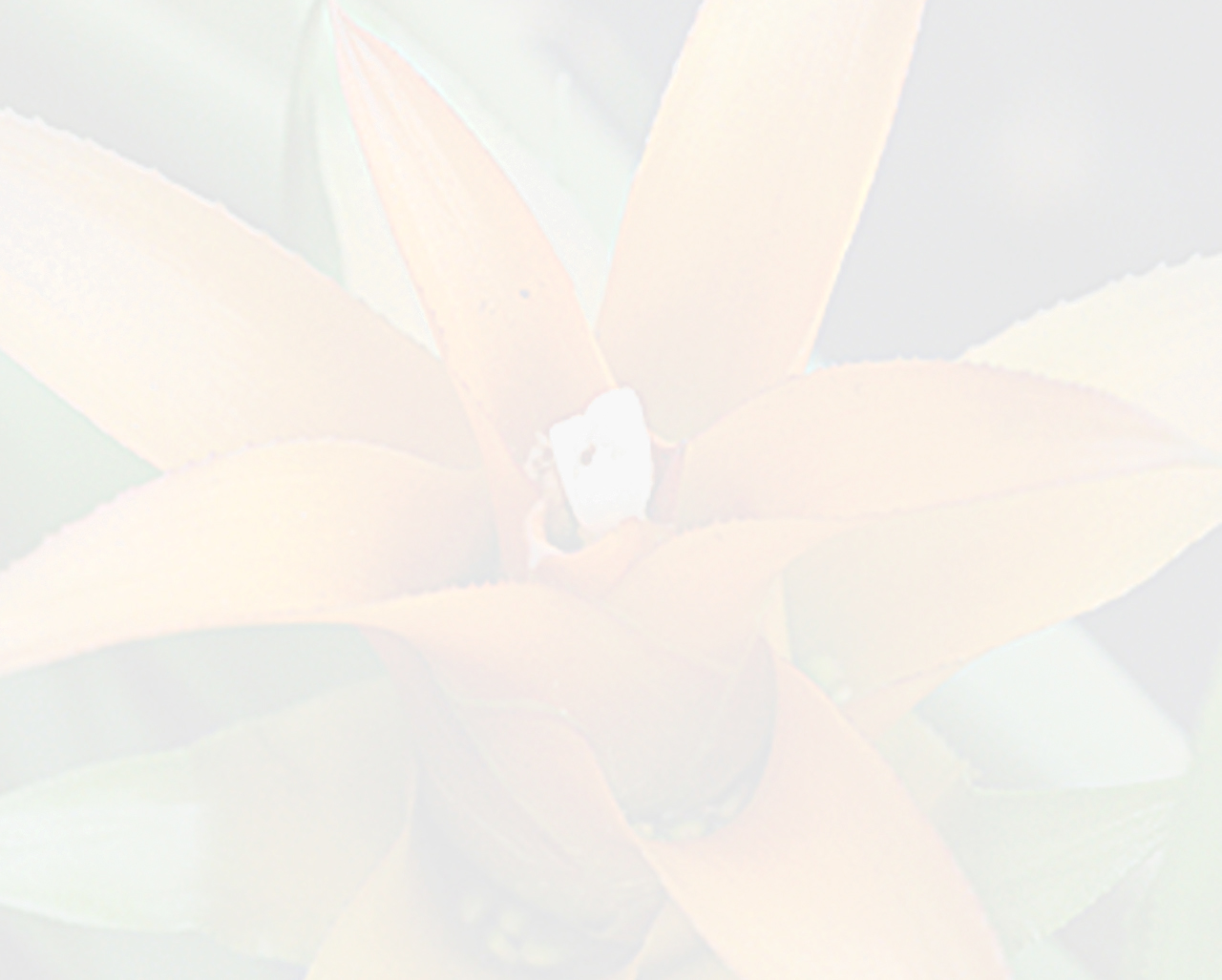Canistropsis marceloi (E.Pereira & Moutinho) Leme
Literature references:
Comments:
- Bromeletter 2003 by Butcher
In Bradea 3(12): 89-90. 1980 Pereira & Moutinho described Neoregelia marcelli from Maua in the Sierra do Itatiaia in the State of Rio de Janeiro, Brazil. In JBS 34(2):78. 1984 Carol Johnson wrote an article on this species where her plant had been identified by Harry Luther as Neoregelia marcelli. It had originally been imported from Lotus Osiris in Brazil in 1977 without a name. See photo in http://fcbs.org.
In 1986 a plant with this name was imported to Australia but we do not know from whom or by whom but presumably as a plant not seed! It did not like growing in Adelaide and died! However, it has survived on the east coast of Australia and one offset obtained from Bill Morris was called PAF374 by Peter Franklin.
In 1998 Elton Leme produced his 'Canistropsis ' Book where Neoregelia marcelli became Canistropsis marceloi and Peter Franklin was able to investigate his PAF374. Oops! The inflorescence was not compound (could it be depauperate?), the petals were pale blue/lilac not white, the leaves were 'soft' and reddish most of the time but there was more red intensity in the centre at anthesis, suggesting a possible relationship with Neoregelia. The plant matched Johnson's Neoregelia marcelli but seemed some way from the description and photo in Leme's book!
Peter and I discussed this at length and decided it was probably closer to Canistropsis correia-araujoi. C. correia-araujoi was named from only one collection. In his discussions on this plant, Elton Leme points out it could well be a hybrid, even bigeneric. This was how the photograph of PAF374 got into fcbs.org as C. correia-araujoi.
However, since then, an offset of C. correia-araujoi has been imported to Australia so we are now certain that PAF374 is not Canistropsis correia-araujoi.
I was thinking that we should now call PAF374 (and the Carol Johnson plant? ) Canistropsis aff. marceloi, but because we have no collection data it would be safer to give it the cultivar name Canistropsis 'Windy Hill', until a better rationale as to its true identity is available.
What happens to the herbarium specimen in Selby Gardens of Johnson's Neoregelia marcelli I do not know, because this was not cited in Elton Leme's book.
Any further information regarding these Canistropsis plants would be much appreciated.
- DISCUSSION
In the protologue, C. marceloi was associated with Neoregelia fosteriana and N. lymaniana, as is widely accepted, because of its branched inflorescence. The proximity of this taxon to species of Canistropsis had already been mentioned by Pereira & Leme (1986), who did not include it in this group based solely on the flowers with pedicels up to 10 mm long, a trait confined to Neoregelia. However, the absolute value of isolated morphological traits is not used here to separate genera (Leme, 1997) . So the decision to include this unusual species in Canistropsis arose from the documentation of characteristics such as propagation by long, slender stolons, compatible leaf anatomy, inflorescence exceeding the leaf sheaths and clearly visible above the leaf rosette, especially at the post-floral stage, petals more or less flaccidescent-spreading after anthesis, and compatible stigma and pollen morphology.
It is interesting to note that in 1935, H. Harms identified specimen number 14553, collected by Brade (RB), as a new species of Andrea, an opinion he recorded on the herbarium sheet. To a certain extent, this agrees with the proposal presented here for Canistropsis which includes A. selloana. But in October 1953, Smith identified the specimen as N. fosteriana.
The species most closely related to C. marceloi, morphologically, is C. burchellii, but the former is more robust, has densely white-lepidote leaves, much longer stolons, a dark red inflorescence (except for the petals), and better developed primary bracts.
Canistropsis marceloi is the only species of this genus that occurs exclusively on the forest floor or on rocks, in small populations at altitudes above 600 m; today, it is more common over 1,000 m. The precise flowering period of this species in the wild is not known.
Canistropsis marceloi is protected in Itatiaia National Park where most of the known populations are found. Inside the boundaries of the park, especially in the Maromba region, visited by Mulford B. Foster (1888-1978) in 1939, discoverer of several new species in this area, this species is sympatric with Neoregelia chlorosticta, N. lactea, Nidularium apiculatum and N. itatiaiae. —See Leme 1998

